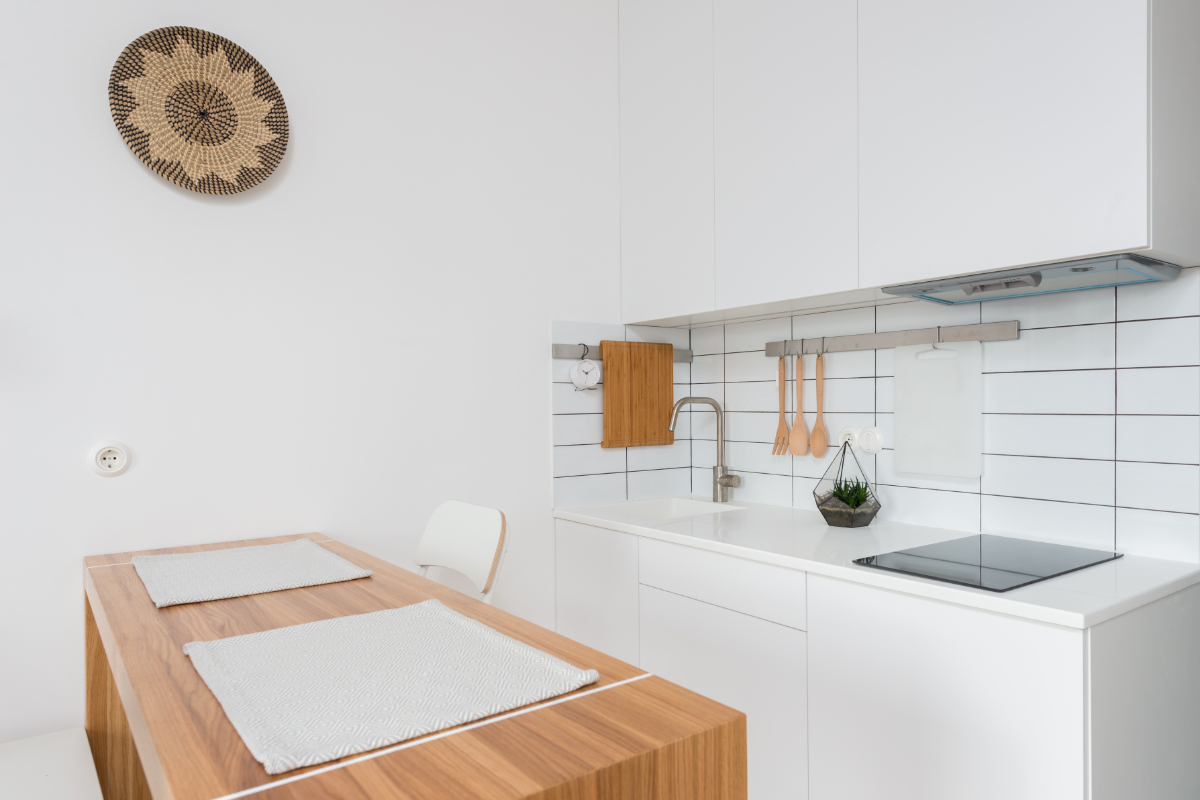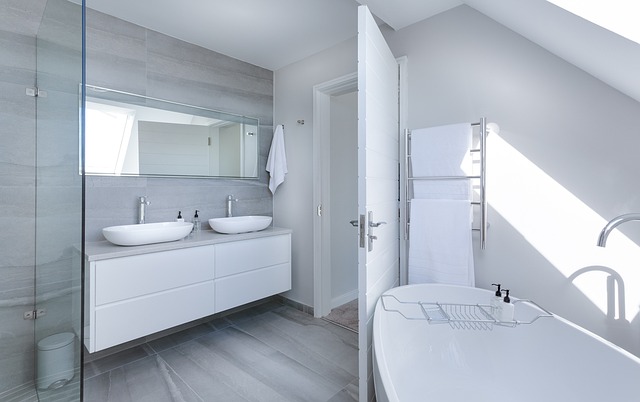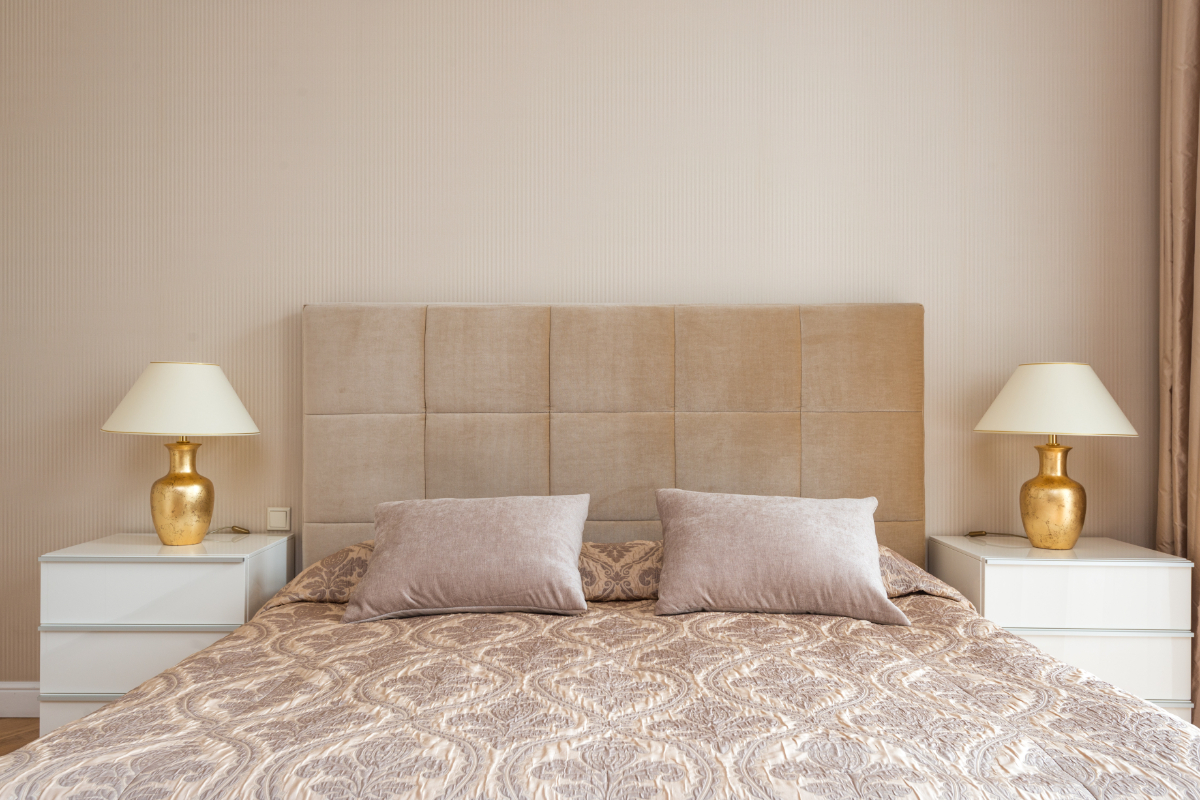How to Find Your Own Ideal Version of Minimalism
There are some affiliate links below, but they are all products I highly recommend. For more info, view my disclosure here.
Are you looking to live a simpler life? Minimalism is growing in popularity as more and more people are looking to strip away the excess from their lives. It can be difficult to know where to start when it comes to embracing minimalism, but finding your own ideal version of minimalism is possible. In this article, we will discuss how you can find the perfect minimalist lifestyle for you.
We’ll talk about why it’s important to understand what minimalism means to you and how that can shape your journey. We’ll also discuss the steps you can take in order to create a personalized version of minimalism that works best for you. Finally, we’ll look at some strategies for staying on track with your minimalist goals and making sure that minimalism is something that works for you in the long term.
No two people have the same definition of minimalism – so if you want to make it work for your life, it’s important that you define it for yourself. Read on to find out how you can do just that!
1. What Is Minimalism?
Minimalism is a lifestyle choice that encourages people to focus on the essentials, and to let go of the excess. It’s about living with intentionality, finding what matters most, and eliminating distractions in order to make room for those things that bring us joy. Minimalism is also about being mindful of our consumption habits and living more simply and sustainably.
When it comes to creating your own ideal version of minimalism, there are several steps you should take. First, identify what matters most to you – your passions and values – and consider how they can shape your lifestyle. Think about why you want to live minimally and what goals or outcomes you’d like to achieve by doing so. Then, set boundaries around your possessions by evaluating them objectively and determining which ones are really essential for you right now. Finally, get into the habit of decluttering regularly; this will help ensure that your space stays clean and organized as well as free from unnecessary clutter.
By taking these steps, you can create an environment that allows for maximum productivity while still providing a sense of peace and contentment. You’ll be able to better focus on the important aspects of life while reducing stress associated with feeling overwhelmed by too many possessions or commitments. Ultimately, this approach will enable you to create an ideal version of minimalism tailored specifically for yourself.
2. How To Evaluate Your Lifestyle
It’s important to evaluate your lifestyle before attempting to find your own ideal version of minimalism. This step requires a careful look at how you spend your time, the things you value and the goals you have for yourself.
To start, take a close look at the way you spend your day-to-day life. What activities do you enjoy that bring happiness and meaning? Are there any activities or habits that don’t add much value to your life but still take up a great deal of time? It’s also important to think about how much money you spend on things that don’t truly make you happy.
On the other hand, it’s equally important to think about what values and goals are important to you. Do these match up with how you spend your time and money? If not, it might be time to reevaluate what is truly important so that they align better. Finding an ideal version of minimalism isn’t just about reducing clutter or owning fewer items – it’s about making sure those items are aligned with what’s most meaningful in life.
By taking an honest evaluation of both lifestyle and values, anyone can create a version of minimalism that works for them. With this newfound focus on what matters most, living a simpler life can become achievable without sacrificing joy or personal growth in the process.
3. Identifying Your Priorities
As we move on to the third step in finding our ideal version of minimalism, it’s time to identify our priorities. We all have different values and goals in life, so it’s important to think about what matters most to us. To start off, make a list of everything you prioritize – whether that be family time, career advancement, or something else entirely.
Once we have identified the things that are most meaningful for us, the next step is to decide how much time and energy we want to devote to each priority. It can be helpful to break down each goal into more manageable pieces and come up with a plan of action. This plan should include steps such as setting deadlines and breaking goals into achievable tasks.
By figuring out what is most important and how we want to spend our time on those activities, we can better align our lifestyle with our values. This will help us stay focused on what matters most while avoiding distractions that don’t bring value. Now that we’ve identified our priorities, let’s move on to creating strategies for reaching those goals.
4. Decluttering Your Space
When it comes to minimalism, decluttering your space is an essential step. That said, the idea of removing possessions can be daunting. After all, many of our items have emotional value, so it’s important to approach this process with care and consideration.
To start, focus on one area at a time. This helps break the task into manageable chunks and prevents overwhelm. As you go through each item, ask yourself: Does this add value to my life? If your answer is no or you’re not sure, it’s best to let the item go. Donate items that are still in good condition or recycle them if necessary.
It’s also useful to create designated areas for each item type — like a bookshelf for books, shoe organizer for shoes, etc. This makes it easier to keep track of your belongings and find what you need quickly without having to sort through piles of stuff. Additionally, consider investing in multi-functional furniture pieces that can provide extra storage while maintaining a clean aesthetic — think ottomans with hidden compartments or wall-mounted shelves for decorative items.
By following these steps, you can begin creating your own ideal version of minimalism — one that reflects your personal values and brings you joy and peace of mind.
5. Let Go Of Unnecessary Possessions
Letting go of unnecessary possessions is an important part of finding your own ideal version of minimalism. It might seem like a daunting task to declutter, but it’s a necessary step that can help you redefine what matters most to you. You should start by making an inventory of everything you own and ask yourself if it adds value to your life. If not, then it’s time to let it go and make space for the things that really matter.
It can be hard to part with certain items due to sentimental value or practicality, but remember that minimalism isn’t about deprivation; it’s about focusing on the essentials and freeing yourself from excess baggage. By getting rid of things you don’t need, use or love, you’ll become more mindful of what is truly important in your life. The process of decluttering will also help you develop a new appreciation for the objects that are meaningful to you – because they don’t just take up space anymore; they add value as well.
So take some time to sort through your belongings and decide which ones are worth keeping and which ones should be donated, gifted or thrown away. Letting go of the things that no longer serve a purpose in your life will give you more freedom and open up space for new experiences in the future.
6. Reducing Technology Use
Reducing technology use is a great step on the journey towards minimalism. By cutting back on our reliance on gadgets, we can simplify our lives and create more meaningful experiences. This is especially true when it comes to social media – by reducing the amount of time spent scrolling through feeds and notifications, we can save ourselves from getting overwhelmed.
However, this does not mean completely cutting out technology altogether. We may still need to use phones for work or computers for studying, so it’s important to find a balance that works for us. Instead of constantly checking our devices, we should set specific times in the day where we focus on our tasks instead. This could be during breakfast or before going to bed – whatever works best for us!
Finding the right balance of tech-based activities and non-tech activities will help us achieve our own ideal version of minimalism. It will also encourage us to focus more on what truly matters rather than getting lost in a sea of notifications and emails. Taking mindful steps towards embracing minimalism will help us gain better control over our lives and make every moment count.
7. Incorporating Sustainable Practices
Incorporating sustainable practices into your minimalism journey can be a great way to find your own ideal version of minimalism. Incorporating sustainability means making choices that are good for our environment, like choosing items with less packaging or selecting items made from recycled materials. It also means finding ways to reduce waste and conserve energy.
One way to start incorporating sustainable practices is by changing the way you shop. Try to buy things in bulk or second-hand when possible, and look for items with less packaging. You can also opt for eco-friendly cleaning products and use reusable containers instead of plastic bags.
Another way to reduce your environmental impact is by reducing your energy consumption. This could mean replacing incandescent bulbs with LED lightbulbs or using a timer switch on electrical appliances like TVs, computers, and gaming consoles. Additionally, you can try to avoid using disposable products like paper towels and single-use plastics as much as possible.
By taking these steps towards a more sustainable approach to minimalism, you’ll not only be helping the environment but also finding your own ideal version of minimalism that works best for you.
8. Establishing Financial Goals
The journey of minimalism comes with its own unique challenges, and establishing financial goals is no exception. It’s important to remember that this process requires patience and dedication, as well as an understanding of how money can help or hinder your minimalist lifestyle. By setting realistic goals for yourself and taking small steps towards achieving them, you can create the ideal version of minimalism for yourself.
To begin with, it’s essential to take stock of your current finances by creating a budget outlining your monthly income and expenses. This will give you a better idea of where you stand financially and how much room there is for improvement. Additionally, it’s important to consider any debts or long-term investments that may impact your savings potential in the future.
Finally, setting up a savings plan is the best way to ensure financial security while embracing minimalism. This could involve setting aside a certain amount each month or putting away extra funds towards bigger purchases in the future. By taking the time to properly plan out your finances, you can feel more confident in pursuing an ideal version of minimalism that works for you.
9. Setting Boundaries For Yourself
In order to achieve a minimalist lifestyle, it’s important to set boundaries for yourself. This means being mindful of the commitments you make and the decisions you take. You should evaluate each choice in terms of how it contributes to your personal values and goals. Boundaries provide structure and guide us towards living an intentional life.
It can be difficult to establish boundaries because we often don’t know what they should be or how to set them. Start by identifying areas where you would like to draw a line, such as working hours, time spent with family, or how much money you want to spend on non-essential items. Once these boundaries are in place, stick to them and don’t let external pressures or influences override your own judgement.
Creating healthy boundaries is an essential part of finding your own version of minimalism. It will help you stay focused on what truly matters and allow you to live more intentionally and sustainably. That way, you can ensure that all the choices and commitments you make are aligned with your values and goals.
10. Reaping The Benefits Of Minimalism
When it comes to minimalism, the benefits are many and varied. Reaping these benefits is one of the most enjoyable and rewarding aspects of embarking on a minimalist journey. This can range from improved mental clarity to increased financial freedom.
One way to start reaping the rewards of minimalism is by taking stock of your current lifestyle and identifying areas where you could make improvements. Think about what’s important to you, what brings joy, and how embracing minimalism can help you meet those goals. You may also want to look into decluttering practices that will help reduce excess clutter in your life and create a more organized space.
It’s also helpful to set boundaries for yourself when it comes to minimalism. Establish parameters for what kind of product purchases or activities you engage in so that you don’t slip back into old habits or become overwhelmed by too much stuff. By doing this, you can ensure that your journey towards minimalism is smoother and more successful.
Minimalism can be an incredibly rewarding journey, bringing clarity, purpose and happiness into your life as well as reducing stress levels and freeing up financial resources. Take the time to find out what works best for you and enjoy the journey!
Minimalism is a lifestyle choice that can lead to greater freedom and fulfillment. By evaluating your lifestyle, identifying your priorities, decluttering your space, letting go of unnecessary possessions, incorporating sustainable practices, establishing financial goals, and setting boundaries for yourself, you can create an ideal version of minimalism that works for you. Reaping the benefits of minimalism will help you to enjoy life more fully by allowing you to spend time on activities that truly matter to you.
It’s important to remember that everyone’s version of minimalism will look different. What’s important is that it works for you and aligns with your values. Minimalism is a journey—not a destination—and it’s okay if it takes some trial and error to find what works best for you. Ultimately, the goal is to be intentional about the life you are creating so that it brings joy and purpose into your life.
If you’re looking to simplify your life in order to find more meaning and contentment, then minimalism could be the right path for you. Take the time needed to explore what minimalism looks like for you and strive towards creating an ideal version of minimalism that fits your lifestyle and goals perfectly!





